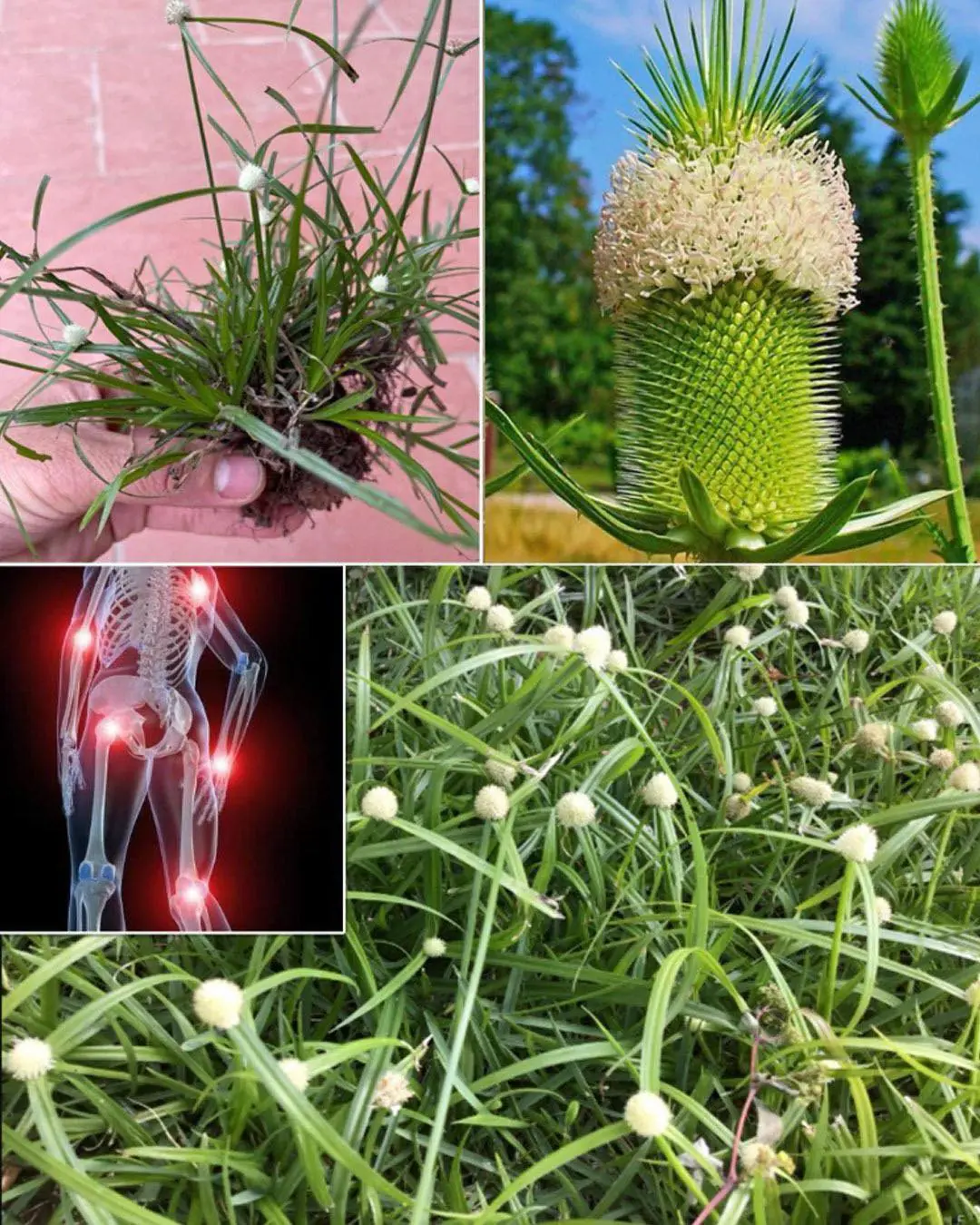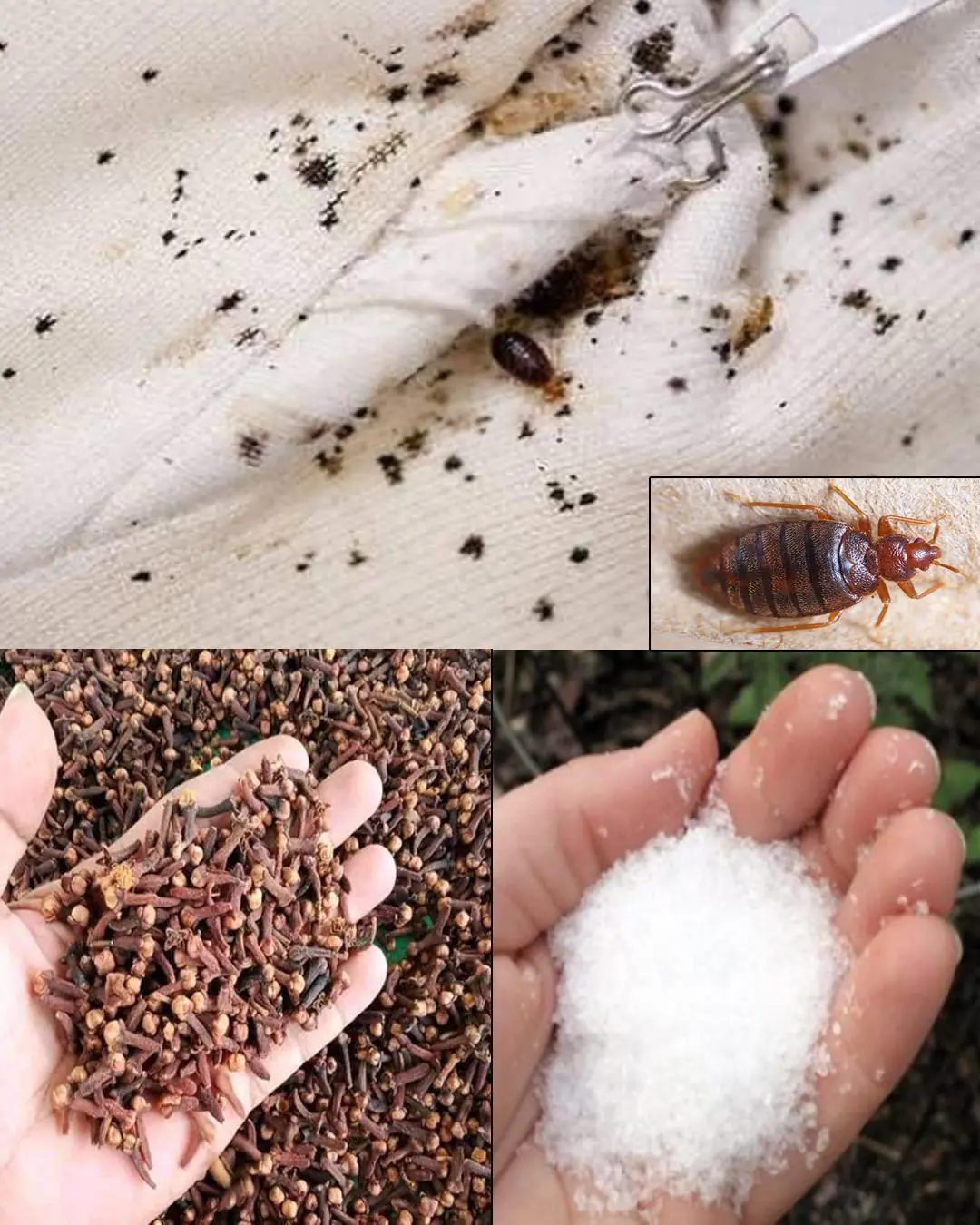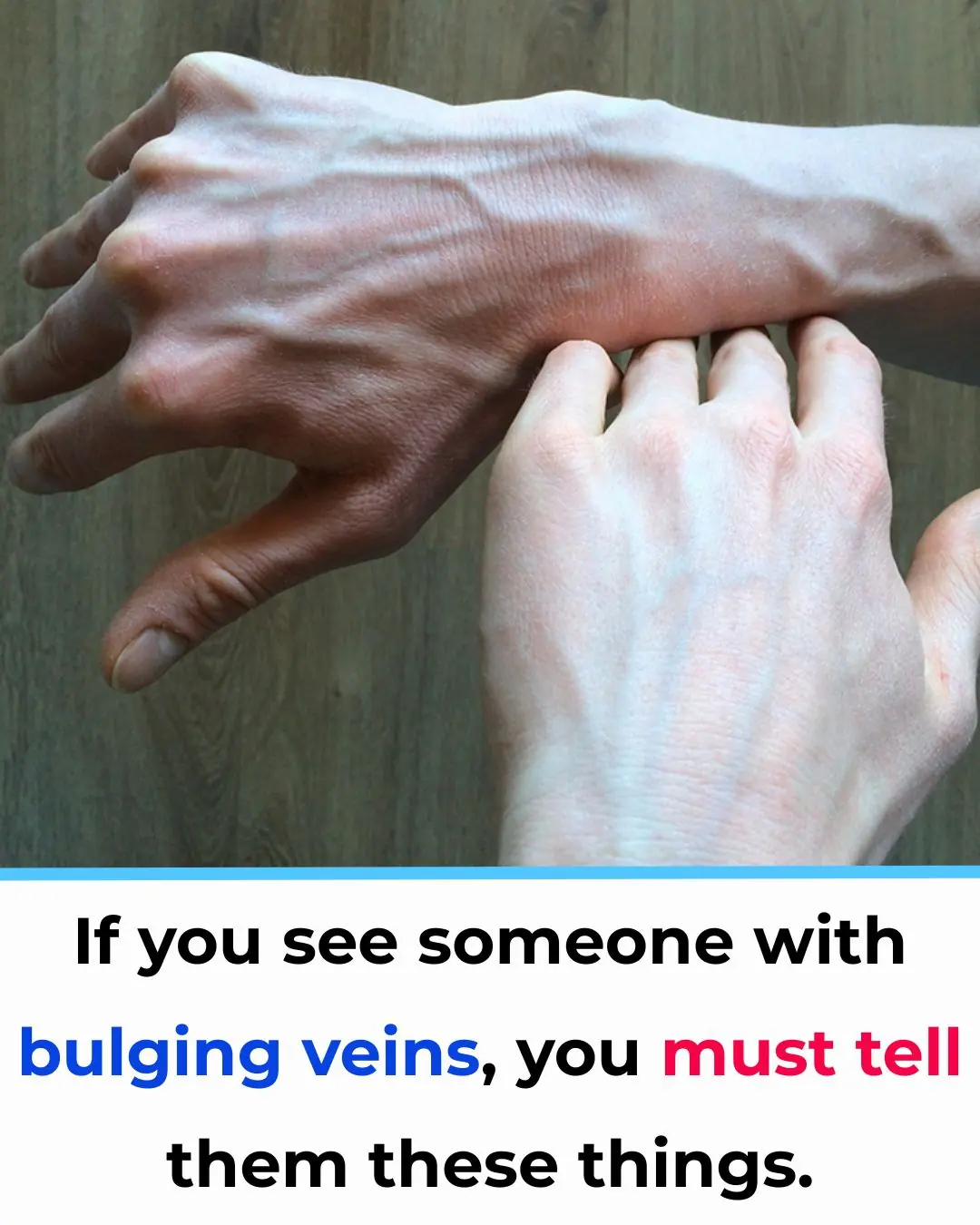
Note when dog and cat tapeworm disease is increasing👇👇
🐶 My Dog, the Flea Problem, and What I Learned About Tick-Borne Diseases
I have a long-haired dog that I’ve been raising since he was a puppy. Because I often have to go to work and don’t spend much time at home, I can’t always take care of him properly. As a result, he sometimes gets ticks and fleas. Every weekend, whenever I have a day off, I try to groom and remove the ticks myself. But no matter how many times I clean him, those tiny creatures keep coming back again and again.
I once bought anti-tick injections and special treatments after hearing other pet owners recommend them. They seemed to work for a month or two, but then the problem would return. Eventually, I got tired and stopped using them altogether.
Now, my dog is already five years old. Recently, when my older sister came to visit our parents, she saw the dog scratching and immediately told my parents to sell him. Her reasoning was: “If one of those ticks bites someone and kills them, what will you do?”
At first, I thought that was ridiculous. I told her, “Come on, these dog ticks are so small — how could they possibly kill someone?” But she insisted, saying that it really could happen. I was frustrated and didn’t believe her.
Later, my mom searched online and showed me a bunch of news reports about people actually dying from tick bites. When I read them, I was completely shocked. I could hardly believe what I was seeing. In particular, there was a report from China about a recent outbreak of a deadly tick-borne disease that had caused several deaths. Until then, I had never thought a tick bite could be fatal — but apparently, it can be.
According to the reports, a family in China had three people bitten by ticks; two of them died, and one survived after intensive care. The survivor, an elderly woman, said her son-in-law had a high fever, started coughing blood, and was in critical condition before passing away. He had been healthy and strong before that. The woman’s own mother also developed similar symptoms — fever and bleeding — and sadly, she didn’t survive either.
It reminded me of another well-known case — that of Canadian rock singer Avril Lavigne, who was diagnosed with Lyme disease after being bitten by a tick in 2014. She later revealed that she was bedridden for five months and at one point thought she might die. “I felt like I couldn’t breathe, talk, or move. I thought I was dying,” she said in an interview. Avril added that living in Toronto made her realize how important it is to protect not only against mosquitoes and stray animals but also against ticks.
Ticks are considered the second most dangerous disease-carrying insects after mosquitoes. They don’t just feed on blood; during that process, they can transmit serious infections to humans. Tick bites can spread diseases such as meningitis, hemorrhagic fever, thrombocytopenia syndrome, and Lyme disease — a bacterial infection reported in over 70 countries worldwide.
Ticks often live in grass, bushes, animal burrows, and especially in areas where pets like dogs and cats rest. That means your own home and garden can easily become breeding grounds if you have pets.
🧠 How to Prevent Tick Bites
-
Wear light-colored clothing when walking through grassy or wooded areas — this makes ticks easier to spot.
-
Avoid sitting directly on grass or leaves, and stay on clear paths whenever possible.
-
Tuck your pants into your socks to prevent ticks from crawling up your legs.
-
Use insect repellent containing DEET, picaridin, or permethrin on clothes and exposed skin.
-
Shower within two hours after outdoor activities to wash off any ticks before they attach.
-
Check your entire body, especially armpits, groin, scalp, and behind the knees after coming indoors.
-
Inspect pets daily, especially around the ears, neck, and tail area, since ticks prefer warm, hidden spots.
🩺 What to Do If a Tick Bites You
-
Use fine-tipped tweezers to grasp the tick as close to the skin’s surface as possible. Pull upward steadily without twisting.
-
Clean the area with rubbing alcohol, iodine solution, or soap and water.
-
Dispose of the tick safely — place it in a sealed plastic bag or submerge it in alcohol to kill it.
-
Do not crush the tick with your fingers, as this can release infectious fluids.
-
If you develop fever, rash, or flu-like symptoms, visit a hospital immediately and inform the doctor about the bite. Early diagnosis is crucial to prevent serious complications.
🌿 A Final Thought
After learning all this, I realized that my sister’s concern wasn’t unreasonable at all. What seemed like a small issue — a few fleas or ticks — can actually pose serious health risks not only to pets but also to people. From now on, I make sure to regularly bathe my dog, use anti-tick products, and clean his bedding weekly.
Ticks may be tiny, but their danger is real. Protecting your pets and your family from them isn’t just about hygiene — it’s about health and safety.
News in the same category


Miraculous: Placing an Orange Beside Your Bed Can Surprisingly Improve Your Health

Don’t Wash Black Moldy Wooden Cutting Boards with Soap: Try This Simple Method and Your Board Will Be Spotless in Just 5 Minutes

7 Ways How To Deal With A Cheating Husband

Just Add a Few Drops of This When Frying Eggs — They Puff Up Fluffy and Soft, Two Eggs Seem Like Four

Jasmine growing tips: 4 simple steps, flowers bloom all year round, hundreds of flowers in full bloom

Drinking purple perilla leaf juice at these 3 times is better than ten thousand tonics 👇👇👇

The 'miraculous' uses of fig leaves: A precious medicinal plant right in your garden

7 foods that you cook in one go and can't finish eating should be thrown away. Don't leave them in the fridge overnight or reheat them. Extremely harmful.

JUST MAKE BEAN SPROUTS THIS WAY, no need to water and in 2 days you will have white and delicious bean sprouts.

The refrigerator is leaking water and takes a long time to cool. She shows you how to fix it yourself in a moment, no need to call a technician.

‘Liver Protection’: A Simple But Effective Drink Proven by Science

Don't clean a dirty rice cooker with plain water: Use this to clean it, in 5 minutes it will be as clean as new

Stop Using Vinegar for Limescale — There’s a Better Natural Alternative

People Shocked to Find Out What Paprika is Actually Made From

10 perfect ways to prevent dampness and humidity in your home

How To Remove Set-in Grease Stains From Laundry

Putting garlic under your pillow not only keeps evil away, but also has many other health benefits

How to make bread with an air fryer, simple, crispy, fragrant and delicious
News Post

Ginger, Soursop, Sorrel, and Turmeric – The Miracle Drink

Kyllinga brevifolia (Rottb): Benefits and How to Use It

Purslane: The Superfood That Tastes Better Than Meat – 7 Reasons to Grow It in Your Garden

Papaya releases a milky sap, but most people don’t realize how important it is

Discover The Miraculous Benefits of Moringa

Bryophyllum Calycinum (Kalanchoe Pinnata): Benefits and Uses

How to Quickly Get Rid of Bed Bugs, Cockroaches, Fruit Flies, and Other Insects Using Natural Ingredients

Fig Leaves: Surprising Benefits and Uses

BREAKING NEWS 🚨 Due To This Hunter’s Moon Earth Will Be Completely…See More

BREAKING NEWS 🚨 Due To This Hunter’s Moon Earth Will Be Completely…See More

BREAKING NEWS 🚨 Due To This Draconid Meteor Shower Earth Will Be Badly Effected Because…..See More

BREAKING NEWS 🚨 Due To This Hunter’s Moon Earth Will Be Completely…See More

Almost 30,000,000 Apple and Samsung users could claim part of huge £480,000,000 payout

Xbox users all say same thing following GameStop's decision to keep Xbox Gamepass at $19.99

Apple just added a new app to iPhone with iOS 26 and most people have no idea

Creators of ChatGPT reveal 44 jobs at highest risk of being taken over by AI in future

Lard vs. Cooking Oil: Which Is Better? Many People Still Misunderstand This Issue

Miraculous: Placing an Orange Beside Your Bed Can Surprisingly Improve Your Health

If You See Someone With Prominent Blue Veins, You Definitely Need to Tell Them This—It Could Save Their Life
